Why use Virtual Reality in Neurosciences?
Virtual Reality may become an easy way to calibrate or standardize complex tasks in immersive environments. How can researchers easily apply VR?
Posted by
Published on
Mon 06 Sep. 2021
Topics
| Brain Research | Neuroscience | ECG | EEG |
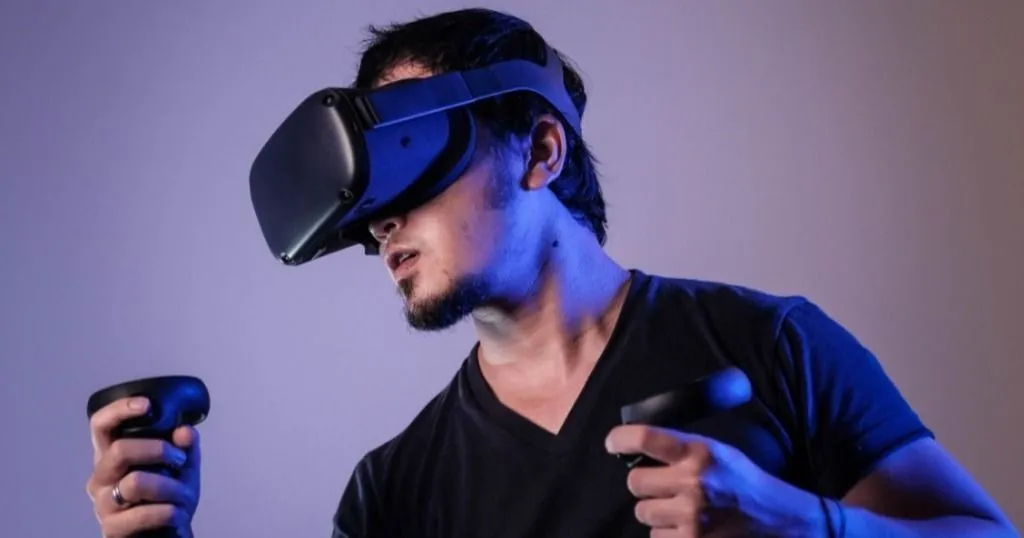
This blog is written by Professor Stéphane Besnard. He and his colleagues from the University of Caen, Normandie, France, developed a tool to measure cognitive functions in a virtual reality environment.
If you are interested in using such a tool, please contact Arjan Veenboer ([email protected]).
Why use Virtual Reality in Neurosciences?
Investigating human behavior is challenging, especially if you want to do this in a natural or realistic environment. Studying social interactions, investigating the ergonomics of a workstation, or monitoring a patient at home for follow-up purposes or for early screening of disease symptoms are a few examples of that. Within this kind of research obstacles such as technological challenges, expansive costs, and a lack of standardization remain.
Measuring specific and complex brain functions
When we want to test even more specific and complex brain functions like spatial cognition, multitasking skills, and cognitive saturation in an active way, we face several limits again. Current tools like questionnaires (“Do you often get lost in the city?”) are unreliable, weakly sensitive, and unable to scale all the subjective aspects that this method involves.
Virtual Reality (VR) may offer a very good compromise with great potential for neuroscience research. Indeed, virtual reality may now become an easy way to calibrate or standardize complex tasks in immersive environments. However, how can researchers easily apply VR?
To learn more about the basics of cognitive neuroscience, check out this blog post'Origins and current use of VR Maze
A few years ago, our research team started from the need to compare spatial memory deficits in patients suffering from vestibular pathology with our vestibular-deficient animal models. Vestibular patients suffer from cognitive troubles (disorientation, loss way, self-perception troubles, and even symptoms that may be related to psychiatric syndromes) that are not routinely investigated by clinicians.
Although, it was easy to test our animal models in physical calibrated mazes, such as T-maze, Y-maze, Eight radial maze, and Morris Water Maze [1,2,3,4], we didn’t have any similar evaluation with our patients. The current neuropsychological tests were not sensitive enough and could not be compared to rodent testing.
The search for more complex tests in 2D and 3D, without any commercial solution, did not yield a good match. Therefore, in collaboration with our Virtual Reality department we developed three first tests in 3D VR, similar to rodent mazes. We then validated on control subjects whether these tests allowed orientation and spatial memory learning evaluation [5].
Developing protocols to further research vestibular pathology
Next, we developed protocols to investigate specific orientation impairments in patients suffering from a vestibular pathology. The vestibular system is the sense organ of gravity related motion perception. In case of vestibular pathology or microgravity conditions, the sensors of the vestibular organ are damaged or become not functional respectively. For example, this happens to astronauts when they are in space, their spatial orientation gets impaired [6]. We developed protocols testing attentional abilities and orientation in microgravity during parabolic flights [7].
In the context of microgravity studies, we work more globally on Human’s Adaptation in Extreme Environment. Therefore, we need to specifically explore complex brain functions and have an individual cross-sectional approach by combining a complete assessment from physiological parameters to emotional and cognitive functions as well.
It is now extended to study cognitive, physiological functions, and locomotor activity during a scientific expedition (www.deeptime.fr) combining quantitative parameters (heart rate, electromyographic activity, or postural/balance control) with psychological questionnaires and 3D virtual reality testing (emotion and spatial cognition) programmed from VR Maze. The results of this study are foreseen by the end of 2021.
What is VR Maze?
VR Maze is a software solution, which allows you/scientists, without infographics and programming expertise, to easily design any experimental protocol in 2D or 3D in an interactive 3D virtual environment. VR Maze displays tasks on a computer screen, virtual reality headset, or complex Cave-type system/immersive room.
We have developed this tool to enable unlimited evaluations of performances or deficits of brain functions (cognition, emotion, attention, memory, etc.). It offers the possibility to combine a questionnaire-based assessment with a more sophisticated assessment using 2D and 3D tests.
VR Maze offers the same tests as those used with rodents (Morris pool, eight-branch maze, inverted T-maze, etc.) in 2D and 3D, enabling research units working with animal models to evolve towards human and patient exploration. Moreover, VR Maze can reproduce in-situ environments in a lab or work directly in extreme environments.
Measuring multiple variables
The analysis module of VR Maze combines all the variables measured during VR tests, such as:
- reaction time
- head position
- walking speed
- gaze position
- number of errors
- virtual and physical trajectories
These variables can be combined with external parameters synchronously recorded from our data acquisition systems (ECG, EMG, EEG, gravity and pressure centers, etc.) and/or can be synchronized to stimulation modules (e.g. vestibular sensory stimulation). All the recorded data is then filtered on demand and compared to produce a highly accurate result extraction.
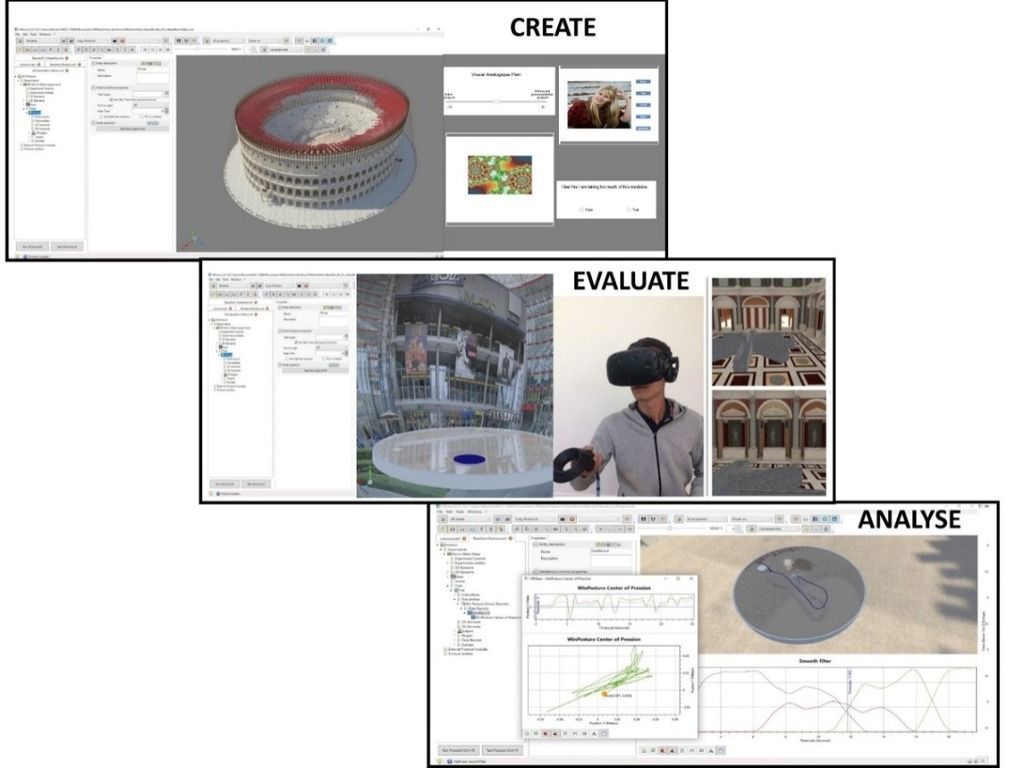
What environments can be generated?
VR Maze is now opened up to create environments specific to your needs. From simple mazes to explore spatial memory and orientation skills, to scenarios to explore the effectiveness of rehabilitation or hypnosis protocols, to specific dedicated professional environments.
VR Maze has been designed to push the limits of human behavioral exploration in multiple areas, for example:
- Research
- Health
- Rehabilitation
- Neuromarketing
- Security
- Defense
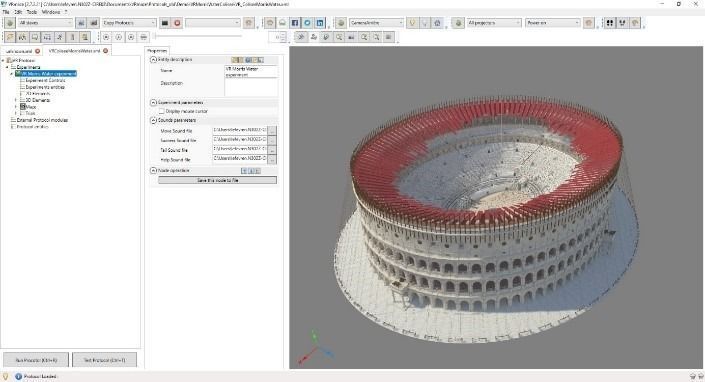
3D antic environment for spatial navigation and memory
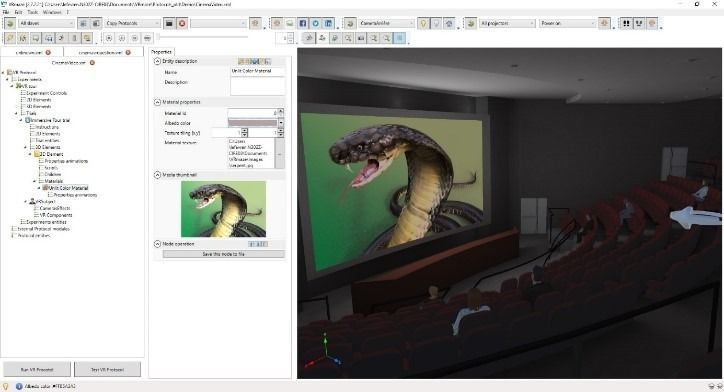
Emotional test for evaluation or phobia desensitization
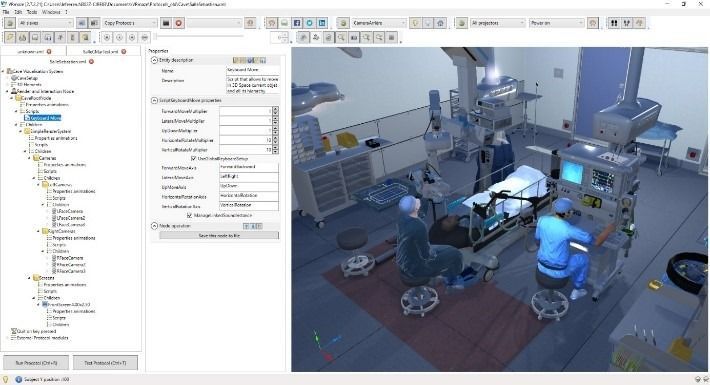
Virtual health care unit for learning or testing
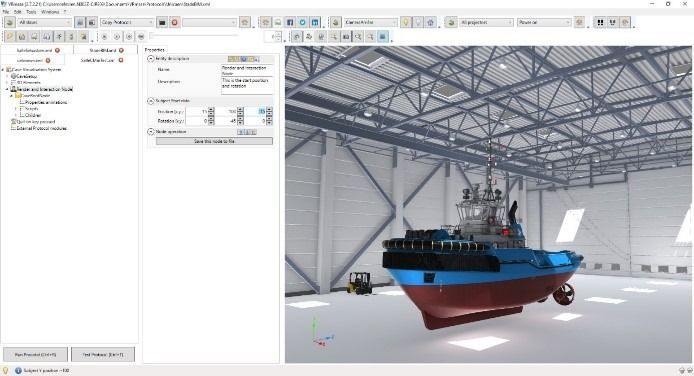
Virtual boat for specific professional learning and spatial strategy
What VR Maze has to offer
Do you need a set of pre-programmed paradigms (vigilance tests, decision-making, 3D maze, etc.) but don’t you have access to a computer development team to master the software themselves? VR Maze provides you with this expertise in a complete, powerful and easy to use software package.
VR Maze also offers a set of professional services that ensure a computer and computer graphics development that is tailor-made, fast, and consistent with the constraints and needs of its customers, as well as continuous support during the study. VR Maze is adapted to numerous domains covering a variety of issues: cognition, emotion, movement strategy, cognitive saturation, motor and cognitive rehabilitation, phobia, psychomotricity, neuromarketing, simulation, and more.
VR Maze has been designed to provide a tool covering a large panel: from fundamentals studies in Neurosciences to human adaptation studies, from clinical evaluation to protocols of VR therapy, from learning and selection processes to mental loading evaluation.
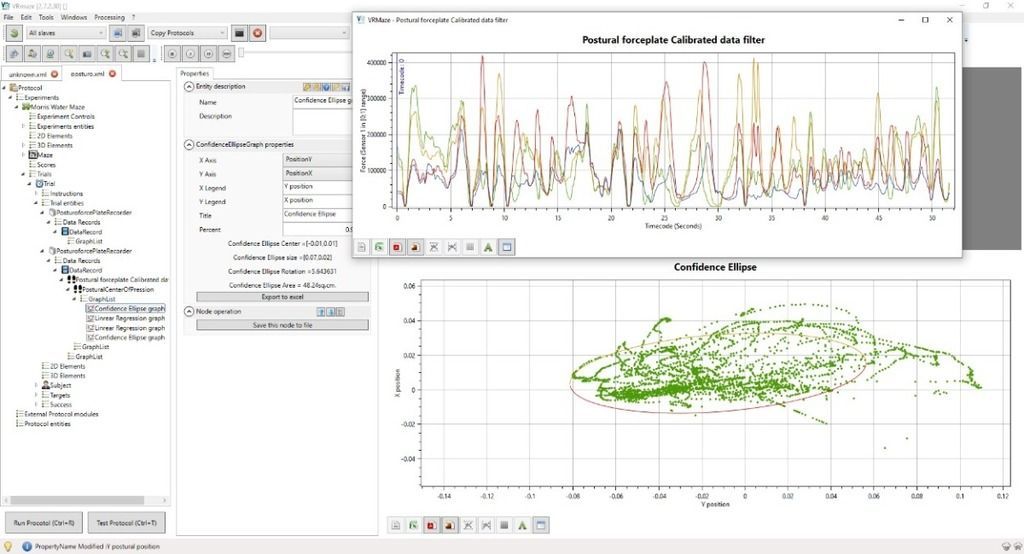
Would you be interested in using such a tool, please contact Arjan Veenboer ([email protected]).
References
- Besnard, S.; Machado, M.L.; Vignaux, G.; Boulouard, M.; Coquerel, A.; Bouet, V.; Freret, T.; Denise, P. & Lelong-Boulouard, V. (2021). Influence of vestibular input on spatial and nonspatial memory and on hippocampal NMDA receptors. Hippocampus, 22(4), 814-826. https://doi.org/10.1002/hipo.20942
- Machado, M.L.; Lelong-Boulouard, V.; Smith, P.F.; Freret, T.; Philoxene, B.; Denise, P. & Besnard, S. (2012). Influence of anxiety in spatial memory impairments related to the loss of vestibular function in rat. Neuroscience, 218:161-9. https://doi.org/10.1016/j.neuroscience.2012.05.029
- Machado, M.L.; Lelong-Boulouard, V.; Philoxene, B.; Davis, A.; Denise, P. & Besnard, S. (2014). Vestibular loss promotes procedural response during a spatial task in rats. Hippocampus, 24(5), 591-597. https://doi.org/10.1002/hipo.22251
- Machado, M.L.; Kroichvili, N.; Freret, T.; Philoxène, B.; Lelong-Boulouard, V.; Denise, P. & Besnard, S. (2012). Spatial and non-spatial performance in mutant mice devoid of otoliths. Neuroscience Lett., 522(1):57-61. https://doi.org/10.1016/j.neulet.2012.06.016
- Machado, M.L.; Lefèvre, N.; Philoxene, B.; Le Gall, A.; Madeleine, S.; Fleury, P.; Smith, P.F. & Besnard, S. (2019). New software dedicated to virtual mazes for human cognitive investigations. J Neurosci Methods, 327. https://doi.org/10.1016/j.jneumeth.2019.108388
- Stahn, A.C.; Riemer, M.; Wolbers, T.; Werner, A.; Brauns, K.; Besnard, S.; Denise, P.; Kühn, S. & Gunga, H.C. (2020). Spatial Updating Depends on Gravity. Front Neural Circuits,14. https://doi.org/10.3389/fncir.2020.00020
- Friedl-Werner, A.; Machado, M.L.; Balestra, C.; Liegard, Y.; Philoxene, B.; Brauns, K.; Stahn, A.C.; Hitier, M. & Besnard, S. (2021). Impaired Attentional Processing During Parabolic Flight. Front. Physiol. https://doi.org/10.3389/fphys.2021.675426
Related Posts
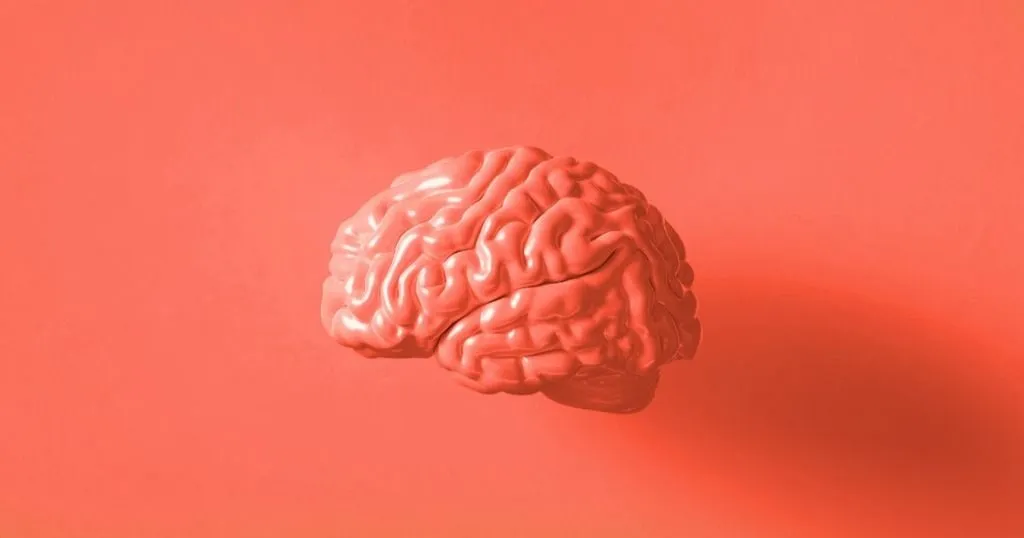
Cognitive neuroscience: Emotions
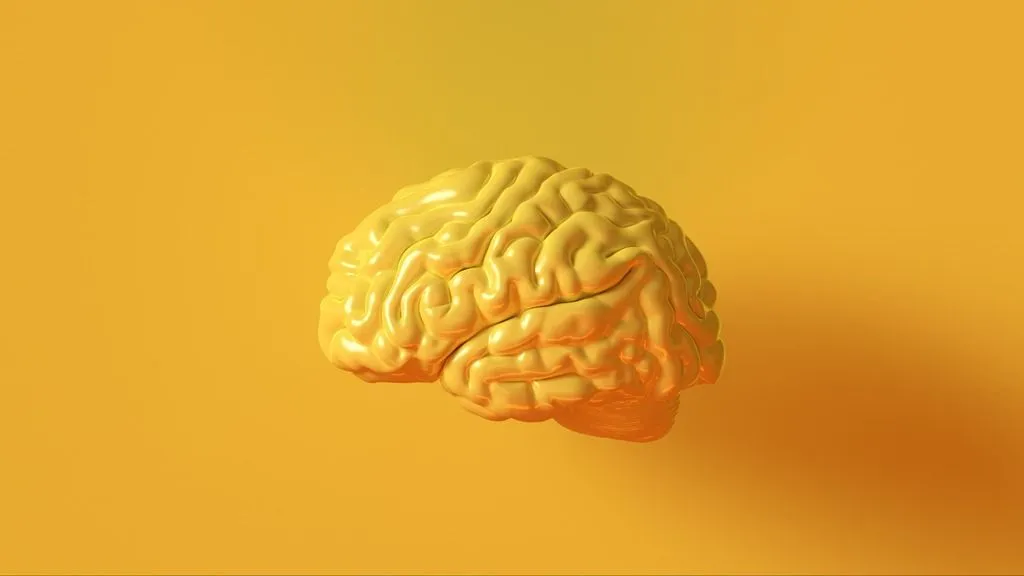
The science behind your emotions

